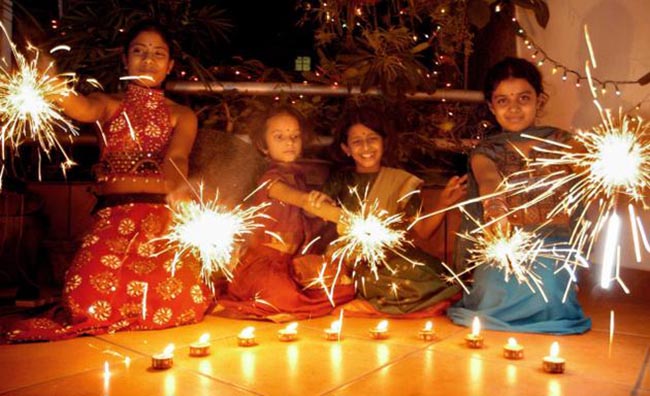
The moment the name Diwali –an annual festival, comes into our mind, most of us think of, it is the time to enjoy the different varieties of delicious sweets, light the bright lamps, cracking of fireworks and have a sparkling celebration. It is indeed true.
This particular festival has been celebrated for ages widely across in India and abroad with great devotion, pomp, initiative and zeal. Though it is one of the biggest Hindu festivals, the happiness being enjoyed by all regardless of their caste, religion, age and language. It is time to cherish and refresh our tired mind.
History of Diwali celebration is nearly as old as the history of India. It is not easy to say now what really the reason behind its origin was. Different people believe different events to be the cause behind this festival.

Diwali falls, the Indian festival of lights, falls on the day of ‘Amavasyaa’, when the moon does not rise and there is darkness all around. Light, being symbol of hope and positive energy, indicates the victory of good over evil. By spreading light in every corner of our premises, we try to destroy the reign of darkness, on the night of Diwali. People decorate their premises with diyas, electric bulbs and other decorative electric lighting fixtures, to make their surroundings filled with colorful light and to make it bright and beautiful..
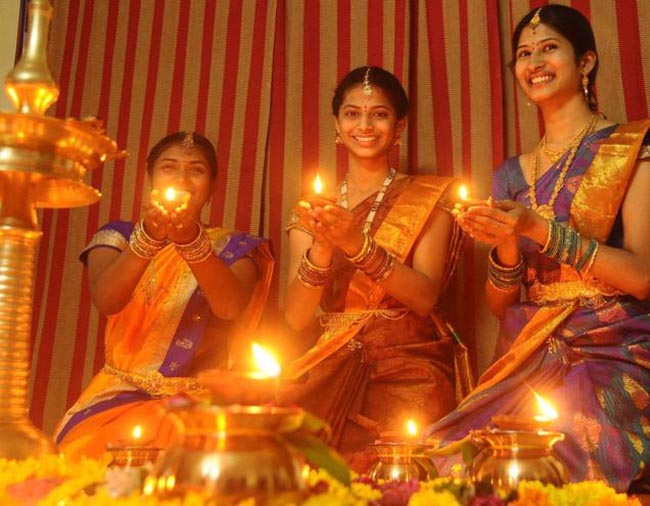
What Is Diwali
Deepavali – the very name of this festival reveals its meaning. Deepa means light, Aavali means samooha, row/line/group. Festival of Lines or rows of Diyas. The festival is all about the lighting diyas. Later the term ‘Deepawali’ became ‘Diwali’. Deepawali or Diwali is also known as ‘the festival of lights’, because on this day, people illuminate their home and premises with diyas and colorful lights. Celebrated usually in the month of October or November, Diwali bears significance in the Hindu culture as well as among Buddhists, Sikhs and Jains. The legends connected to the festival are different for different religions.

Importance of Diwali
Diwali is the Indian festival that brings a series of festivals with it. One after another, we get a chance to celebrate five ceremonious occasions. The people of all age groups and classes with equal zeal and enthusiasm celebrate Diwali throughout India. They put on new apparels and participate in the various activities that are related to Diwali celebrations.
It is a festival of celebrations such as lightings, crackers, cleanliness, colorful rangoli making, social gatherings to exchange greetings and sharing sweets with your loved ones. Diwali is a festival filled with spiritualism and religious activities, such as worship of Goddess Lakshmi, worship of Lord Ganesha, worship of Ma Kali, worship of Lord Chitragupta and worship of Govardhan Parvat.
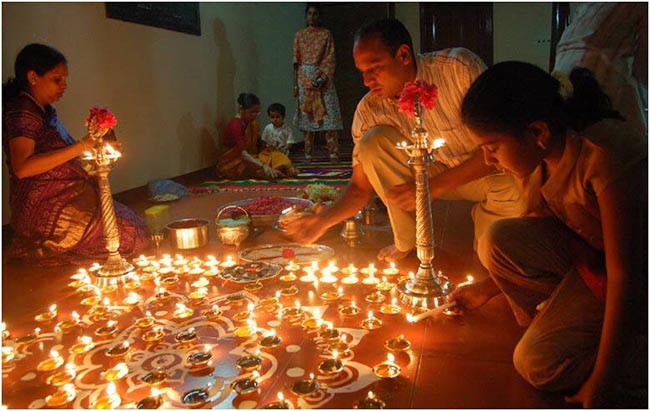
The celebration of the five-day long festival, Diwali, begins on Aswayuja Bahula Chaturdashi and concludes on Kartika Shudha Vijaya.
The first day of this festival begins with ‘Dhan Trayodashi’ or ‘Dhanteras’. After the Dhanvantari Trayodashi the second day of Diwali is ‘Narak Chaturdashi’, which is popular as ‘Chhoti Diwali’. The third day of Diwali, which is also called ‘Badi Diwali’ is the main day of celebrations of the festival of Diwali. People perform Lakshmi Puja (worship of divine Goddess Lakshmi) on this day and offer prayers to her to bless them with wealth and prosperity. The fourth day of Diwali is devoted to Govardhan Pooja (worship of Lord Govardhan Parvat). The fifth day of the Diwali is Bhai Dooj, the time to honor the brother-sister relationship.
Diwali has been celebrated since ancient times. Here are ten mythical and historical reasons that are possibly behind the Diwali (Deepavali) celebrations.
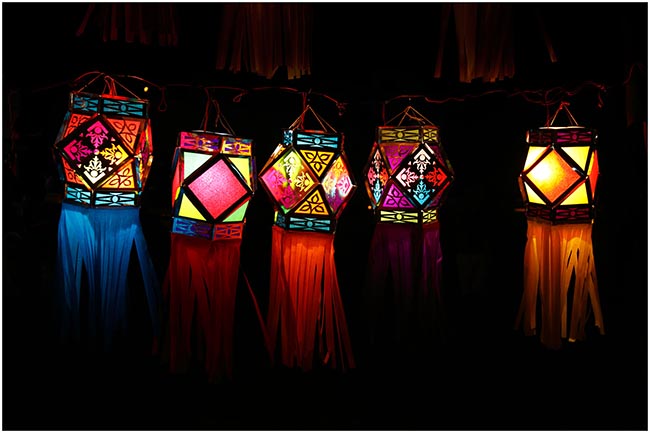
The most well known story behind Diwali is in the Ramayana, the great Hindu epic. According to Ramayana, Rama, the prince of Ayodhya was ordered by his father, King Dasharatha, to go away from his country and come back after living in the forest for fourteen years. So Rama went on exile with his devoted wife Sita and faithful brother, Lakshmana.
When Ravana, the ten headed demon king of Lanka abducted Sita and took her away to his island kingdom of Lanka, Rama fought against and killed Ravana. He rescued Sita and returned to Ayodhya after fourteen years. The people of Ayodhya were very happy to hear of their beloved prince’s homecoming. To celebrate Rama’s return to Ayodhya, they lit up their houses with earthen lamps (diyas), burst crackers and decorated the entire city in the grandest manner.
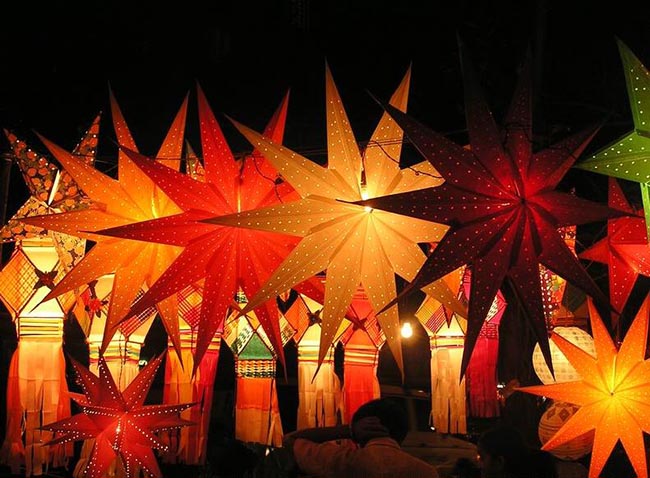
This is believed to have started the tradition of Diwali. Year after year this homecoming of Lord Rama is commemorated on Diwali with lights, fireworks, bursting of crackers and merriment. The festival gets its name Deepawali, or Diwali, from the rows (avali) of lamps (deepa) that the people of Ayodhya lit to welcome their King.
Another well known story related to Diwali history is narrated in the other Hindu epic, ‘Mahabharata’.
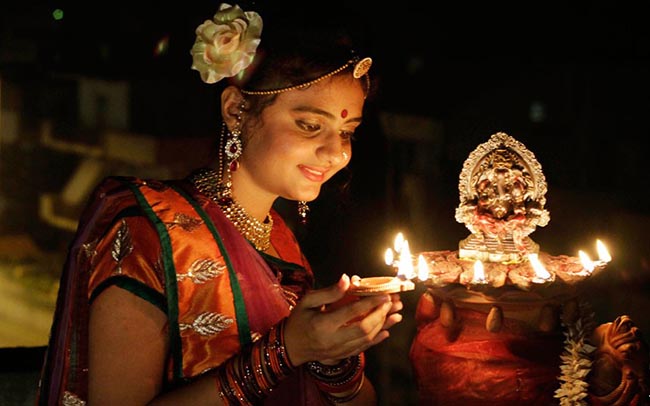
Mahabharata reveals to us how the five royal brothers, the Pandavas, suffered a defeat in the hands of their brothers, the Kauravas, in a game of dice (gambling). As a rule imposed on them, the Pandavas had to serve a term of 13 years in exile. When the period was over, they returned to their birthplace Hastinapura on ‘Kartik Amavashya’ (the new moon day of the Kartik month).
The five Pandava brothers, their mother and their wife Draupadi were honest, kind, gentle and caring in their ways and were loved by all their subjects. To celebrate the joyous occassion of their return to Hastinapura and to welcome back the Pandavas, the common people illuminated their state by lighting bright earthen lamps everywhere. The tradition is believed to have been kept alive through the festival of Diwali, which many believe, is held in remembrance of the Pandava brothers’ homecoming.
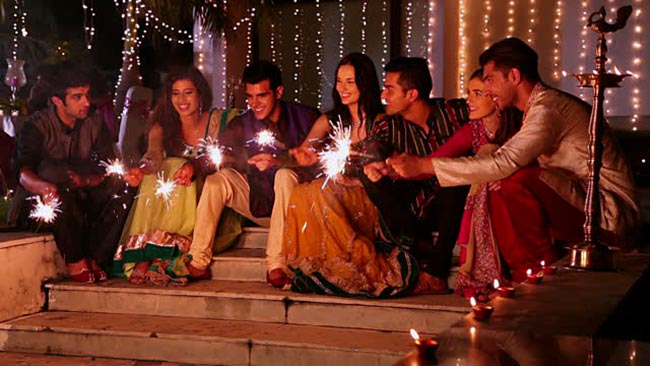
It is also believed that on this very Diwali day, the Goddess of wealth, Lakshmi rose up from the ocean. The Hindu scriptures tell us that long long ago both Devas (gods) and Asuras (demons) were mortal. They had to die sometime or other, like us. But they wanted to live forever. So they churned the ocean to seek Amrita, the nectar of immortality (an event mentioned in the Hindu scriptures as “Samudra-manthan”), during which many divine objects came up. Prime among these was Goddess Lakshmi, the daughter of the king of the milky ocean, who arose on the new moon day (amaavasyaa) of the Kartik month. That very night, Lord Vishnu married her. Brilliant lamps were illuminated and placed in rows to mark this holy occasion. This event is supposed to have given rise to an annual celebration at the same time each year. Even today, Hindus celebrate the birth of the goddess Lakshmi and her marriage to Lord Vishnu on Diwali and seek her blessings for the coming year.
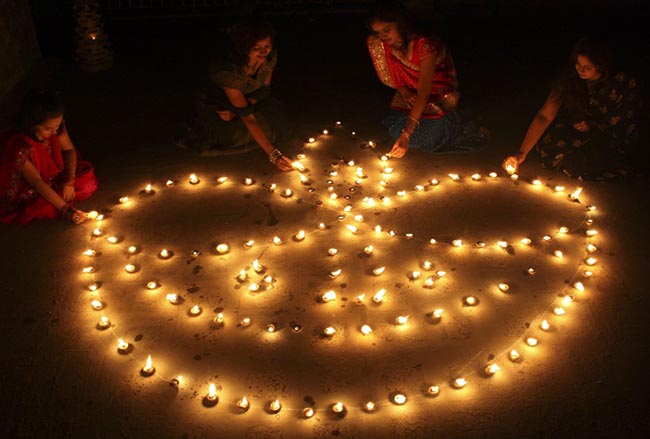
The origin of Diwali also refers to the stories narrated in the Hindu Puranas, the primary source of Hindu religious texts. According to the Bhagavata Purana (the most sacred Hindu text), it was on a Kartik day that Lord Vishnu, took on the form of a dwarf (Vaman-avtaara) and defeated King Bali. Bali, or rather King Mahabali, was a powerful demon king who ruled the earth. Once Bali got a boon from Lord Brahma that made him unconquerable. Even gods failed to defeat him in battles.
Although a wise and good king otherwise, Mahabali was cruel to the Devas (gods). Finding no way to defeat Bali, the Devas went to Lord Vishnu and insisted him to find a way to stop Bali. Lord Vishnu made a plan. He disguised himself as a short Brahmin and approached Bali for some charity. A large-hearted king, Mahabali tried to help the Brahmin. But the whole thing was a trick by Lord Vishnu and ultimately the King had to give up all his kingship and wealth. Diwali celebrates this defeating of Mahabali by Lord Vishnu.
The Bhagavata Purana also tells us about Narakasura, an evil demon king who somehow got great powers and conquered both the heavens and earth. Narakasura was very cruel and was a terrible ruler. It is believed that Lord Vishnu killed Narakasura on the day before Diwali and rescued many women whom the demon had locked in his palace. The people of heaven and earth were greatly relieved to have got freedom from the hands of the terrible Narakasura. They celebrated the occasion with much grandeur, a tradition that is believed to be alive through the annual observance of Diwali.
According to another legend, long ago after the gods lost in a battle with the demons, Goddess Kali took birth from the forehead of Goddess Durga to save heaven and earth from the growing cruelty of the demons. After killing all the devils, Kali lost her control and started killing anyone who came her way which stopped only when Lord Shiva intervened. You all must have seen the well-known picture of Ma Kali, with her tongue hanging out? That actually depicts the moment when she steps on Lord Shiva and stops in horror and repentance. This memorable event has been commemorated ever since by celebrating Kali Puja, which is observed in several parts of India in about the same time as Diwali.
Historically it is believed that on a Diwali day in 56 BC King Vikramaditya, the legendary Hindu king of India famed for his wisdom, bravery and large-heartedness, was crowned and declared to be a king. This was marked by a grand celebration by the citizens of Vikramaditya’s kingdom celebrated the coronation of their king by lighting up small earthen lamps and that custom still prevails. Many people and even some historians say that this event gave rise to the annual observance of Diwali.
Diwali also marks the sacred occasion when on a new moon day of Kartik (Diwali day) Swami Dayananda Saraswati, one of the greatest reformers of Hinduism attained his nirvana (enlightenment) and became ‘Maharshi’ Dayananda, meaning the great sage Dayananda. In 1875, Maharshi Dayananda founded the Arya Samaj, “Society of Nobles”, a Hindu reform movement to purify Hinduism of the many evils it became associated with at that era. Every Diwali, this great reformer is remembered by Hindus all over India.
For Jains, Diwali commemorates the enlightenment of Vardhamana Mahavira (the twenty-fourth and last Tirthankaras of the Jains and the founder of modern Jainism) which is said to have occurred on Oct. 15, 527 B.C. This is one more reason to engage in Diwali celebrations for pious Jains and other than the purpose of commemoration, the festival stands for the celebration of the emancipation of human spirit from earthly desires.
For Sikhs, Diwali holds a special significance for it was on a Diwali day that the third Sikh Guru Amar Das institutionalized the festival of lights as an occasion when all Sikhs would gather to receive the Gurus blessings. It was also on a Diwali day in 1619 that their sixth religious leader, Guru Hargobind Ji, who was held by the Mughal Emperor Jahangir in the Gwalior fort, was freed from imprisonment along with 52 Hindu Kings (political prisoners) whom he had arranged to be released as well.
It is on these Diwali periods in each nook and corner of all the market is filled with vendors merchandizing their Diwali festival celebration related items and making a roaring business.
“WISHING ALL THE KANNADIGAWORLD READERS A VERY HAPPY AND PROSPEROUS DIWALI”
Shekar Moily


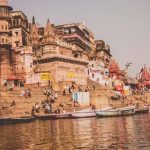
Comments are closed.